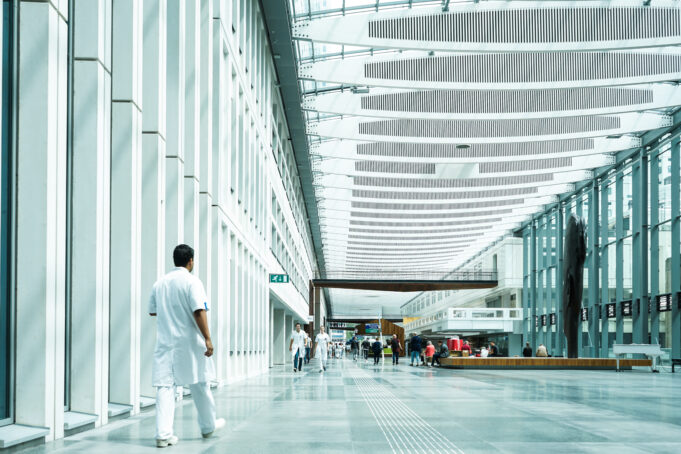As healthcare facility managers constantly seek methods to enhance patient experience and improve outcomes, many are turning towards an innovative design approach called biophilic design. By integrating nature-inspired elements, facility managers are discovering a direct link between biophilic elements and increased patient satisfaction.
The impact of biophilic design on healthcare facilities is profound. Integrating nature-inspired elements, such as views or natural light, not only accelerates recovery periods but also reduces patients’ pain perceptions, making them central components of a holistic healing environment. Furthermore, the introduction of elements like indoor plants and water features transforms facilities into calming havens, diminishing stress, and subsequently promoting overall wellness. This ambient, nature-infused setting has a direct positive effect on a patient’s emotional well-being, countering feelings of fatigue and uplifting their overall mood. Additionally, for patients in recuperation from cognitive challenges or those in prolonged care, even subtle interactions with nature can enhance cognitive performance. At its core, biophilic design aims to establish a deeper connection between building occupants and the natural world.
Strategies for Facility Managers to Integrate Biophilic Design
- Optimize Natural Light: Spaces infused with natural light tend to feel more inviting and expansive. Facility managers can consider larger windows, skylights, or other architectural features to introduce more sunlight.
- Indoor Plants and Vertical Gardens: These not only elevate indoor air quality but also introduce a lively vibrancy to spaces. Strategically positioning green walls or vertical gardens can be both aesthetically pleasing and beneficial.
- Incorporate Natural Materials: Utilizing materials like wood, stone, or textures that mimic these elements can create a nature-evocative setting. Facility managers can evaluate options for flooring, wall finishes, or even furniture.
- Nature-inspired Artwork: If integrating direct natural elements proves challenging, artwork or murals showcasing serene landscapes can still offer calming benefits.
- Introduce Water Elements: For facilities with the appropriate infrastructure, the sound of cascading water from indoor fountains or the visual appeal of aquariums can provide a serene touch.
For healthcare facility managers, biophilic design offers more than just aesthetic appeal; it’s a strategic tool to foster an environment conducive to healing. With the demonstrable benefits on patient satisfaction and overall well-being, biophilic design is poised to redefine the standards of patient-centric healthcare facilities.
Sources: Healthcare Facilities Today






